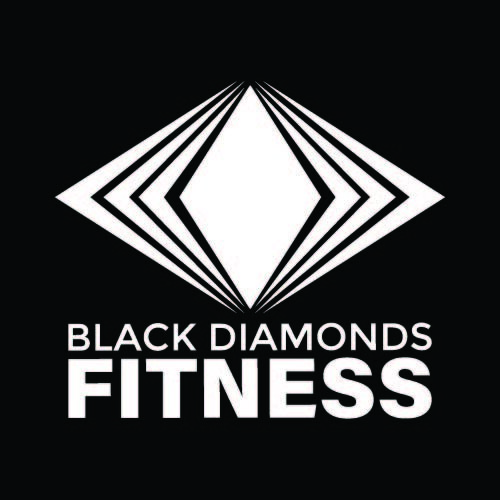How to Lose Fat on Any Diet : Fat Loss Fundamentals
It seems like just about everyone I know either wants to lose weight, or a physician has advised him/her to do so. It appears the primary care providers aren’t sold on “healthy at any size” just yet. Unfortunately, many health professionals are not experts on nutrition or exercise science. This is why doctors give the practically useless advice to diet and exercise. For many of us the weight loss process seems rather esoteric, so let’s cut through any confusion and give you the skinny on getting lean.
First let’s define what is meant by “fat” in this context. For the purpose of this writing, fat will refer to body fat which comes in two types: visceral and subcutaneous. Visceral fat is behind the abdomen and covering the organs. Subcutaneous fat is that which lies beneath the skin. The subcutaneous fat is most visible, but it is important to understand that the fat loss process applies to both types.
Energy is commonly measured in kCal and generally referred to as “calories”. Fat cells are used as a vehicle for energy storage, and their accumulation is dependent on the amount of energy that you have available. As you take in excess energy through your diet it is stored within the fat cells and which grow until they reach capacity. Once this occurs, new fat cells can be formed in order to facilitate further energy storage. In order to prevent this the body must reduce the amount of available energy by either using it during physical activity or restricting intake from the diet. This makes fat loss a function of energy balance. If more calories are consumed than burned (fat oxidation) then body fat is gained. If more calories are burned than consumed then body fat is lost.
Managing weight and body composition is dependent solely on this fact and nothing else. Because of this, special diet plans are not necessary. Maintaining the appropriate energy balance is all that is needed. One could literally eat fast food everyday and still lose fat (though this may lead to adverse health outcomes) In future posts I will introduce several strategies for optimizing the appropriate balance addressing different physical training modalities as well as meal strategies. The key is to identify and execute on a program that is effective and suits your lifestyle. I encourage everyone to resist dogmatic impulses about what is the “right” or “best” approach as it is different for every individual. Discover yours today. Until the next one.
-Chris
